Roses love being fed. The more you nourish your rose plant, the more healthy the plant will be and the more flowers will bloom. If you don’t want to frequently buy rose fertilizers from a nursery or online store, no worries. You can create your own homemade rose fertilizer at little or no cost. And the ingredients are more closer than you think : right inside your kitchen. Here are some great organic rose fertilizers you can make using ingredients found in your kitchen.
Organic Rose Fertilizers You Can Find Right Inside Your Kitchen
Used Tea Bags or Leaves
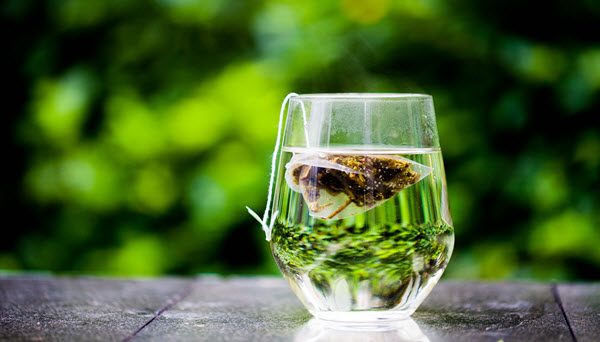
Tea leaves are full of naturally occurring tannins. Tannins are acidic in nature and when added to the soil makes it acidic in nature as well. This is exactly what the roses need as they thrive exceedingly well in acidic soil. Tea leaves also contain small amounts of nitrogen, which help in plant growth.
So if you’re a tea drinker, don’t discard those tea bags yet. Just collect and dump them in your compost and apply the compost as a top dressing. Or soak the used teabags in water for a few hours and water the plants with it. Or you can simply remove the spent tea leaves from the bags and spread it on the top soil. Just remember though, that tea leaves by themselves are not a full rose food substitute.
Egg Shells
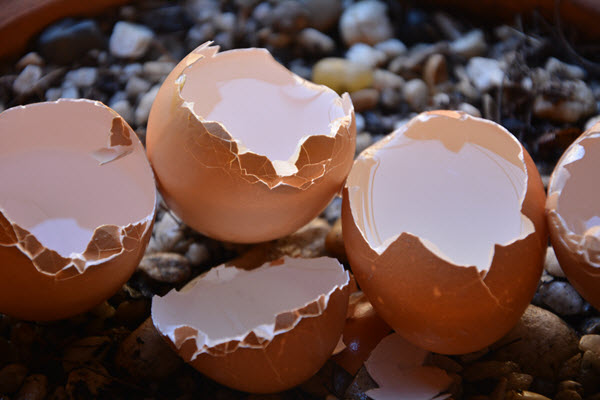
Egg shells are a great source of calcium. Calcium helps to strengthen plant cells and block pathogens from entering the plant body. Calcium also helps strengthen the roots of plants allowing them to absorb more nutrients from the soil. Besides nitrogen and potassium, roses require large amounts of calcium to grow well.
Since egg shells are slow to decompose in their original state, it is best to crush them into tiny pieces and incorporate them into the compost or soil. Before you do that though, make sure to wash and dry them thoroughly. Otherwise pathogens from the eggs might get added to the soil causing more diseases.
Banana Peel
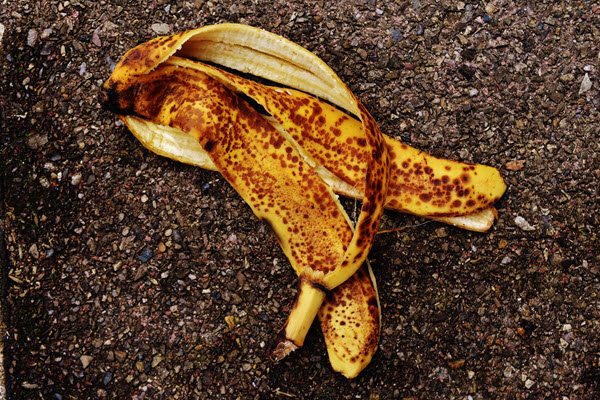
Ripe banana peels are rich in potassium and therefore a great fertilizer for roses. The cool factor with banana peels is that they decompose really quickly, providing a big potassium boost to the plant. Potassium boosts the immune system of plants and protects against disease and insect damage. It also helps the plant survive difficult climatic conditions such as drought and frost. If your notice weak stems, poorly developed buds or yellow leaves with browning edges, your rose plants are telling you they need a dose of good old potassium.
Also Read : Beginners Tips for Growing Roses in Containers
If you are just planting the roses, add 2 or 3 banana peels to the soil to give the plants an early advantage. You can drop a chopped banana peel in the planting hole before placing the plant in. The peel can also be added with the compost to improve the richness of the soil. If you have a plant that is already well established, you can simply drop a banana peel or chopped peel in the soil next to the plant.
Here is a quick homemade food for roses.
Banana Egg Shell Rose Fertilizer Recipe
Ingredients:
- Overripe bananas – 3
- Eggshells (washed and dried) – 3
- Water : half a litre
Chop the bananas. Crush the egg shells. In a blender, add the chopped bananas, crushed eggshells and water. Blend on high speed until all the ingredients are thoroughly mixed. Pour 1 cup of the mixture around the base of the rose plant. Apply this concoction every month regularly when the roses are growing.
Apple Cider Vinegar
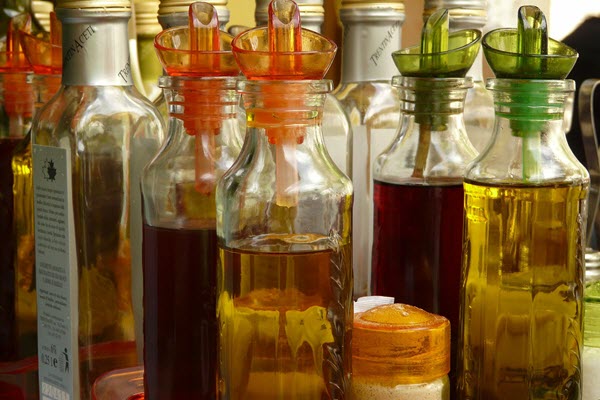
Rose plants are prone to black spot disease, especially if you live in warm humid climates. Its a disease that afflicts most rose varieties, spreads quickly and is quite hard to get rid off. If you start to notice yellowing of the leaves and small black dots on the leaves and the stems, you’re plant has most likely caught the fungus.
If your plant is inflicted with this fungal disease, a simple solution of vinegar and water should help you treat and get rid of it.
Rose Black Spot Removal Recipe 1
Ingredients:
- Apple Cider Vinegar – 3 tablespoons
- Water : 4.5 litres
Mix the Apple Cider Vinegar and water well. Pour the solution into a spray bottle and spray your roses heavily. You need to spray the base, the soil the tops and bottoms of the leaves, stems and canes. The whole of the infected area should be dripping with the solution. Spray in the early morning and spray once a week until the Black Spot is gone. Keep spraying the mixture every 2 weeks to prevent any future breakout of Black Spot.
Fish Bones

Fish is rich in vitamins and minerals and that goes for fish bones too. The next time you cook fish, take out the bones, wash and dry them thoroughly and then grind them to a powder. You can the sprinkle them around the base of the rose bushes. These add nutrients to the soil slowly boosting stronger roots and resulting in better plant growth.
Milk Powder
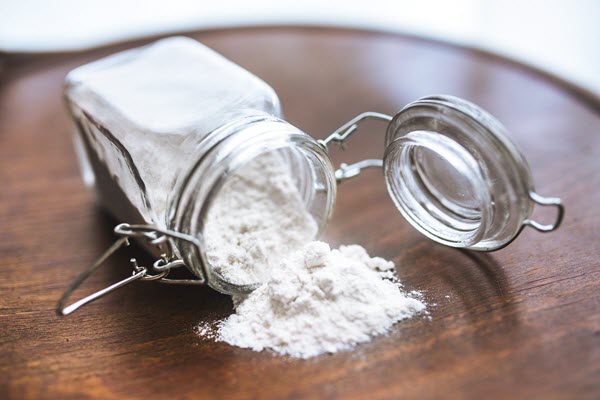
The unassuming milk powder in your kitchen is packed with calcium, which helps in root and foliage growth. Milk powder has often been used on roses to reduce black spots and keep off powdery mildew. It does this by altering the pH of the infected area and making it hostile for fungal growth. Simply mix two parts of water to one part milk and spray the mixture every two weeks.
Pet Food
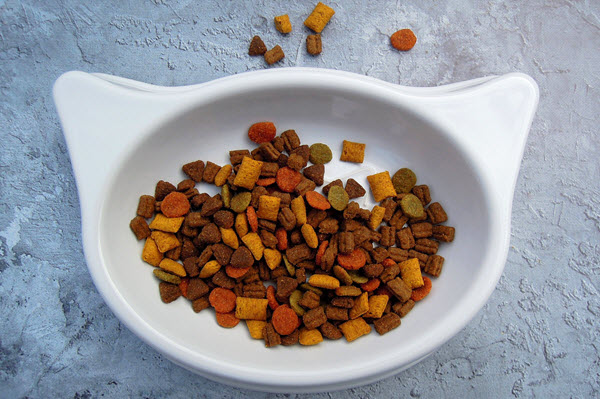
If you have a cat or dog at home, chances are, you’re feeding it nourishing pet food. If your pet food has gone stale or is nearing the expiry date, you don’t have to throw it away. Simply mix it with the garden soil and water thoroughly. Over time, it will disintegrate and decompose naturally, adding micro-nutrients to the soil. Just make sure to cover the soil well or other animals will dig them up.
Also Read : The Complete Guide to Using Organic Fertilizers in Your Garden
Water from Boiling Vegetables
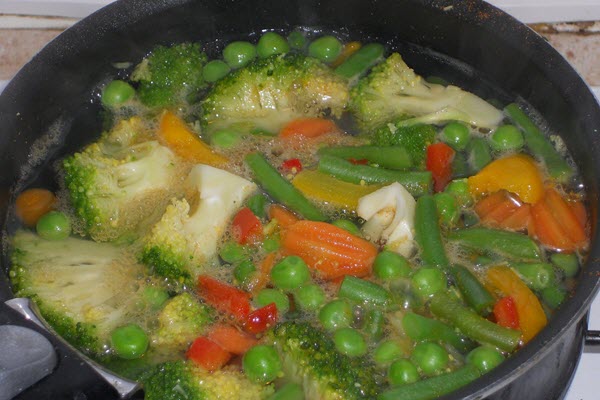
Water that you use for cooking your vegetables are also good sources of minerals and nutrients. Don’t throw them away if you’re not using them in your meals. Cool the water and then water your rose plants with it. Just remember that you cannot reuse the water if it contains salt in it.
Baking Soda
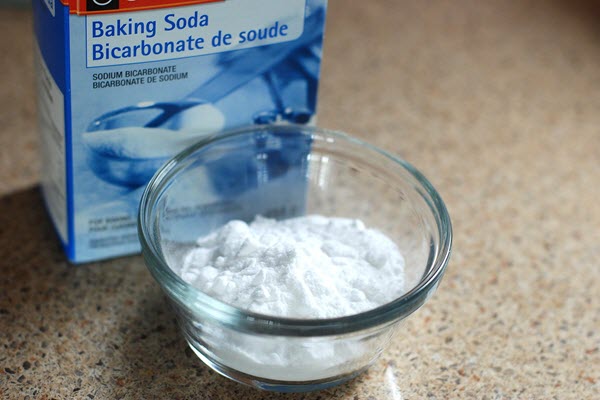
The humble baking soda in your kitchen also finds good use in the rose garden. It is used to treat plants infected by black spots and powdery mildew.
Rose Black Spot Removal Recipe 2
Ingredients:
- Baking powder – 1 tablespoon
- Liquid soap – 1/2 teaspoon
- Water : 4.5 litres
Combine this mixture and spray it on the plants. Although effective, this mixture can sometimes cause leaf burn. Apply it in a small area and if no harm is done, go ahead and spray fully over the infected region. Reapply this solution once a week until the black spots are fully removed. And once every two weeks to prevent a further breakout.
Rose Spray Recipe for Pest and Disease Free Plant
- Vinegar – 1 tablespoons
- Water : 4.5 litres
- Baking soda : 1 and a half tablespoons
- Dish wash soap : 1 tablespoon
- Vegetable oil: 1 tablespoon
Mix all these ingredients together and spray it on your rose foliage once a week or twice a week, especially just after the rains to keep the plant free from pests and diseases.
Fish Tank Water
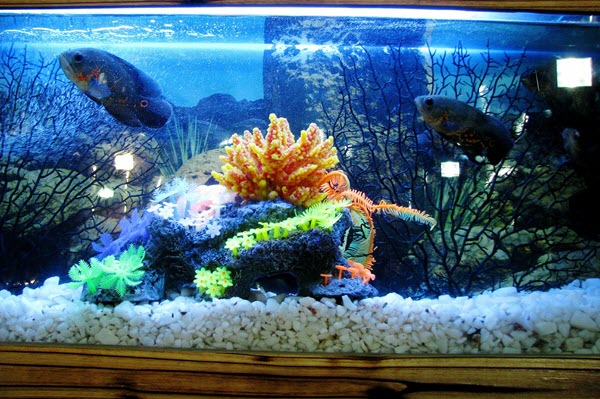
If you have a fish tank at home, chances are, you’re cleaning out the water every week or two. Aquarium water usually contains nitrogen, phosphorus, potassium and ammonia, plus beneficial micro-organisms, which makes for a great rose fertilizer.
Not all fish-tank water can be used though. Avoid using water if you have a salt-water tank. This is will do a lot of harm for the plants. If you have used chemicals to adjust the water’s pH, or added certain chemicals to treat sick or diseased fish, do not use the water for your roses. And if you haven’t cleaned your tank for a very long time, and the water is very dirty, keep such water off the plants.
The items listed in this post are ordinary, basic items you find at home and in your kitchen but are great organic rose fertilizers for your garden. Now without spending too much money, you can feed your rose plants and help them grow healthy and produce big beautiful flowers.
Or, you can explore these options on Amazon.
Thank you. I need to add nitrogen to my roses. What common household item is good for nitrogen, and how should it be added? Thank you, rose lover!
Used tea bags or leaves, or weak tea provide nitrogen.